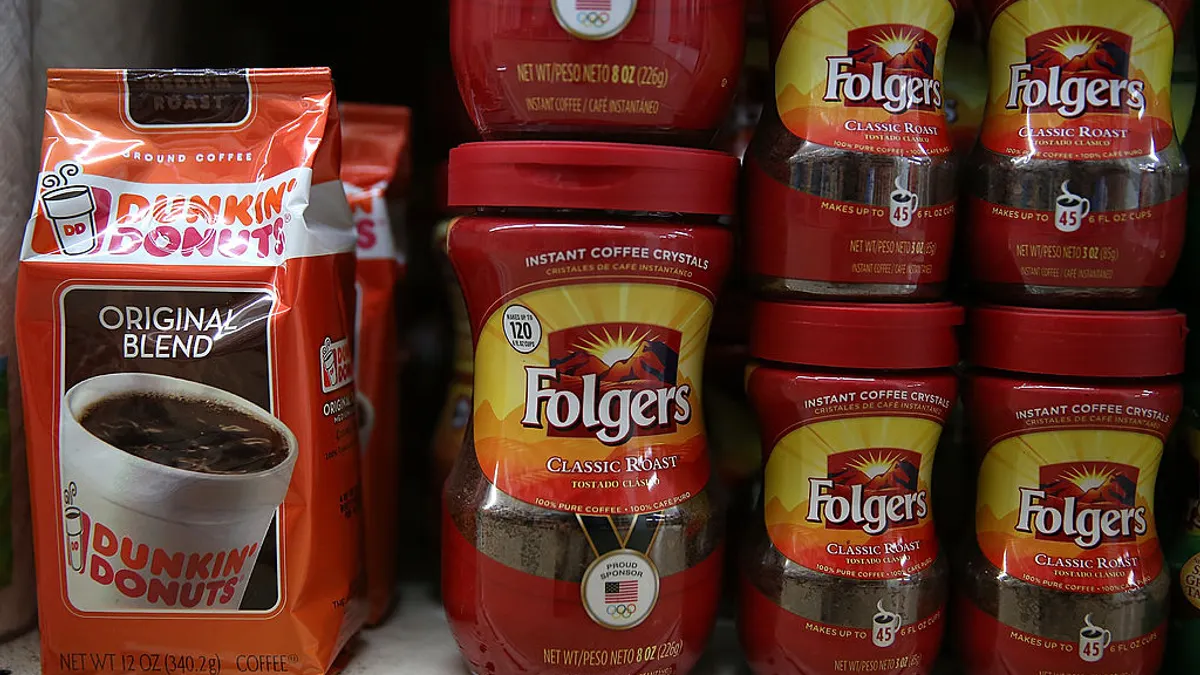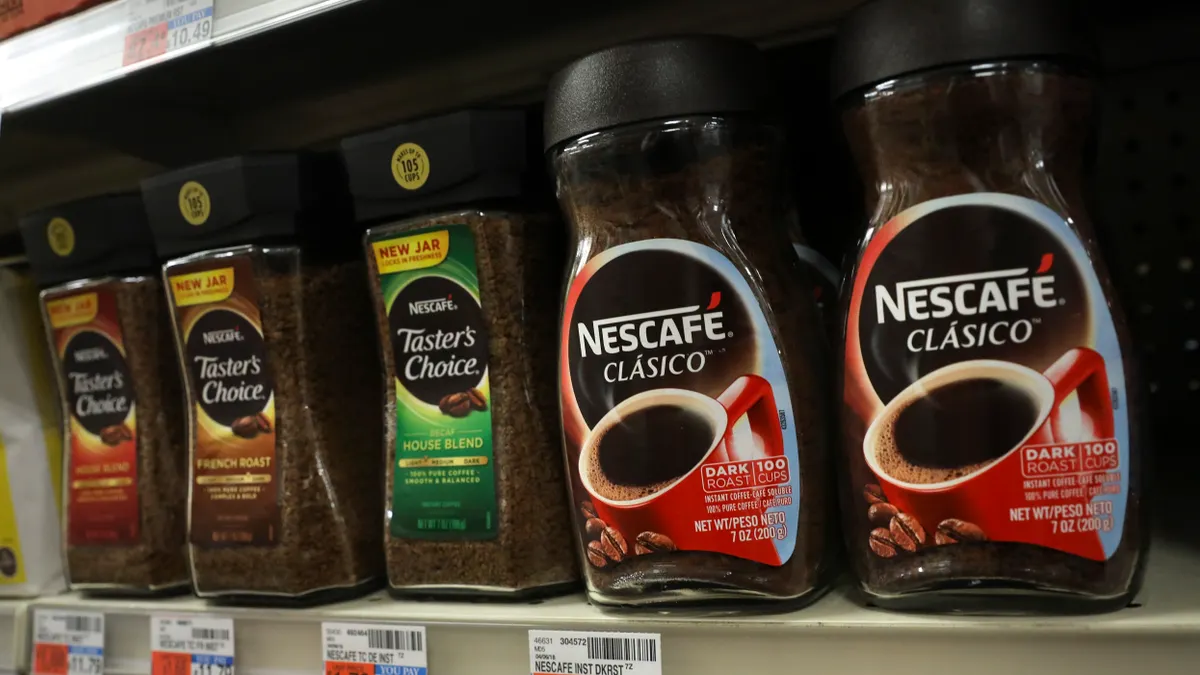WASHINGTON, D.C. — As the world marks four years since the onset of the COVID-19 pandemic, fashion executives have become all too acquainted with volatility in both demand and supply.
As COVID-19’s ability to disrupt supply chains wanes, other areas of volatility have come to the foreground. When it comes to sourcing, perhaps the chief risk today is one that preceded the pandemic: geopolitics.
“COVID taught us the importance of diversification from a country-of-origin standpoint,” Michael Yee, CEO of MGF Sourcing, said at the American Apparel & Footwear Association’s annual executive summit in early March.
Yee noted the increasing diversification in sourcing away from China, adding, “I believe the main driver for the last five years is … geopolitical risk.”
Since the Trump administration instituted a host of new tariffs on China imports starting in 2018, including many that hit the apparel sector, the industry has been reducing its reliance on the country as a manufacturing base — though China still plays a dominant role.
China also loomed large at the AAFA summit amid discussions of geopolitical turbulence in a year in which more than half the world’s population will hold an election, including the U.S.
Anxieties abound not only over deepening trade wars and shifting alliances, but physical wars too. That includes speculations over conflict between Taiwan and China, and the potential for U.S. involvement in a conflict in the Pacific, possibilities that could upend supply chains in the region.
Experts who spoke at the AAFA summit attached a low probability to such worries. The list of potential triggers that would put the U.S. in direct military confrontation with China is “pretty small,” said Emily Harding, director of the Intelligence, National Security, and Technology program at the Center for Strategic & International Studies.
Lester Munson, co-head of BGR Group’s international practice, put the matter bluntly: “At the end of the day, I don’t think it’s very likely at all. ... The U.S. and China have very similar interests in the world.”
Even so, tensions between the U.S. and China remain a worry for sourcing teams and are driving major strategy shifts.
Staying flexible in a changing world
The possibility of sudden trade tensions or geopolitical shifts makes agility a key skill set.
“I think the most important question is, ‘Do you have the ability to be flexible in an ever-changing world?’” Munson said. “How do you keep your options open when everything’s changing all the time?”
Historically, executives might have planned out five or 10 years in advance, as Luis Velazquez, SVP for product development and sourcing at activewear brand Fabletics, noted at the summit. “I’m not sure those sorts of frameworks work anymore,” Velazquez said. “I think volatility is normal — you should just accept that, be happy with that, take it in.”
The years of the pandemic have made even much smaller time horizons harder to plan for and predict. “Who knew Vietnam would be down for a month — that never entered my brain,” Velazquez said, referring to the deep disruption to the apparel industry caused by COVID-19 lockdowns in the country in 2021.
“I think the most important question is, ‘Do you have the ability to be flexible in an ever-changing world?’"

Lester Munson
Co-head of BGR Group’s international practice
Sudden events makes sourcing changes all the more difficult, as does the size and intricacy of supply chains. Diversifying sources “always takes longer and is more complex than you think,” Yee noted, adding that having the resources lined up to execute a plan is critical.
Still, finding producers in at least one other country for a fashion company’s top styles can protect against sudden outages, Velazquez said. “We just have to be faster,” he added. “Not just in our lead times, but in our decision-making.”
Shifting centers of production
As fashion companies look to pull more production out of China, other countries have come into the spotlight, such as Vietnam, Indonesia and Sri Lanka.
While Latin America and Central America present an attractive nearshoring option, a lack of infrastructure around current apparel needs in fabrics and textiles makes it difficult to source more from those regions, panelists noted.
“We’ve tried so many ways to work in Latin America,” Velazquez said. “I want there to be these kinds of jobs in that part of the world. But the challenge that we have is that there isn't a lot of choice out there.”
For all the talk of decoupling from China, the country still represents tens of billions of dollars in apparel imports. And the country is still the source for the lion’s share of raw materials for the fashion industry.
“We just have to be faster. Not just in our lead times, but in our decision-making.”

Luis Velazquez
Fabletics SVP for product development and sourcing
China’s continued status as an economic and manufacturing powerhouse underlines the difficulty in decoupling. When Harding spoke with emerging executives about pulling their business from Russia amid the Ukraine crisis, she said that it was a “very rational, very obvious choice” for them.
“We said, ‘Okay, and when do you decide to pull out of China?’” she added. “And they all just went pale.”
This story was first published in our Procurement Weekly newsletter. Sign up here.























